
- Back Pain
- Headaches/ Migraines
- Hip Pain
- Joint Pain
- Knee Pain
- Neck Pain
- Sciatica
- Scoliosis
- Shoulder Pain
- Sports Injury
- TMJ
- Vertigo
- Whiplash
- Benign positional vertigo
- Pain in Jaw
- Difficulty turning or tilting the head
- Tinnitus (ringing in ears)
- Hearing problems
- Balance problems
- Brain fog
- Concussion symptom relief
- Difficulty Concentrating
- Anxiety
- Mood Disorders
- Muscle Spasms
- Muscle tightness
- Uneven posture
- Scoliosis
- Fatigue
- Sensitivity to light or noise
- Difficulty sleeping
- Blood pressure
- Trigeminal Neuralgia
- Eye nerve issues
- Pelvic and hip misalignment
- Blurry vision
- Cervical Neuropathies
- Herniated Disc
- Disc Degeneration
- Disc issues
- Compression of nerves/Pinched Nerves
- Muscle soreness
- Helps limited range of motion in joints
- Joint stiffness
- General pain
- Numbness and Tingling
- Ankle Pain
- Leg Pain
- Back Pain
- Upper back pain
We treat Adults and Family/Infants and Kids/Pregnancy/Sports/Neuropathy/peripheral neuropathy/injuries/car accidents
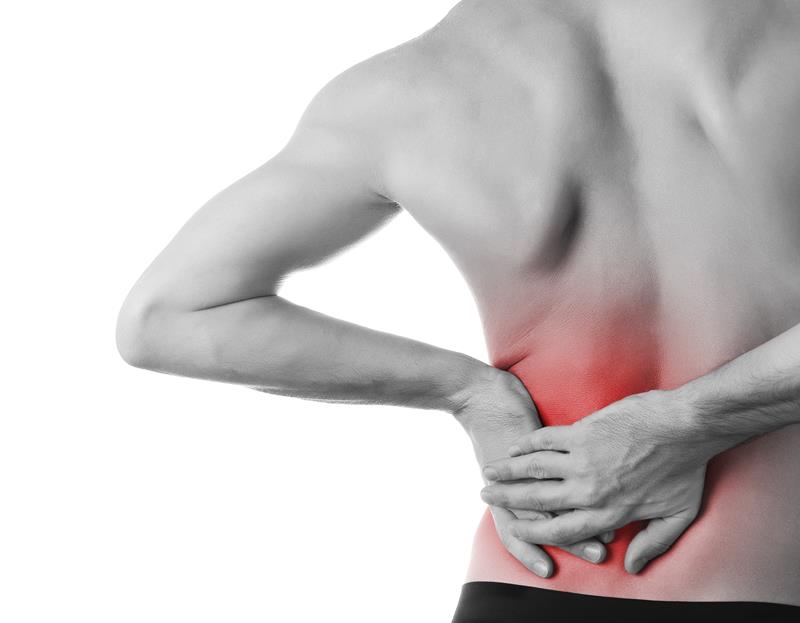
Back Pain
Since back pain is the leading cause of disability worldwide, it is vital to know how to prevent the cause of back pain. By maintaining a healthy diet and weight, remaining active and avoiding prolonged inactivity or bed rest are all important ways to avoid back pain. Before doing exercises or any physical activity, it is recommended to warm up and/or stretch.
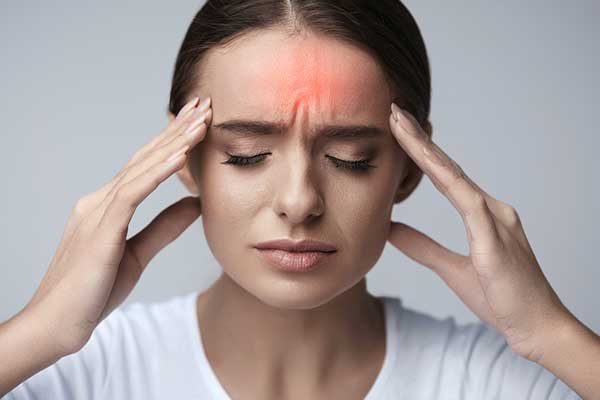
Headaches/ Migraines
Nine out of ten Americans say that they suffer from headaches. Some of these people experience headaches frequently. Some experience constant headaches that are very painful. These can even make a person nauseous. Ninety-five percent of headaches are tension, migraine, or cluster headaches. These types of headaches are not caused from a disease, but from something in your body that is not sitting correctly.
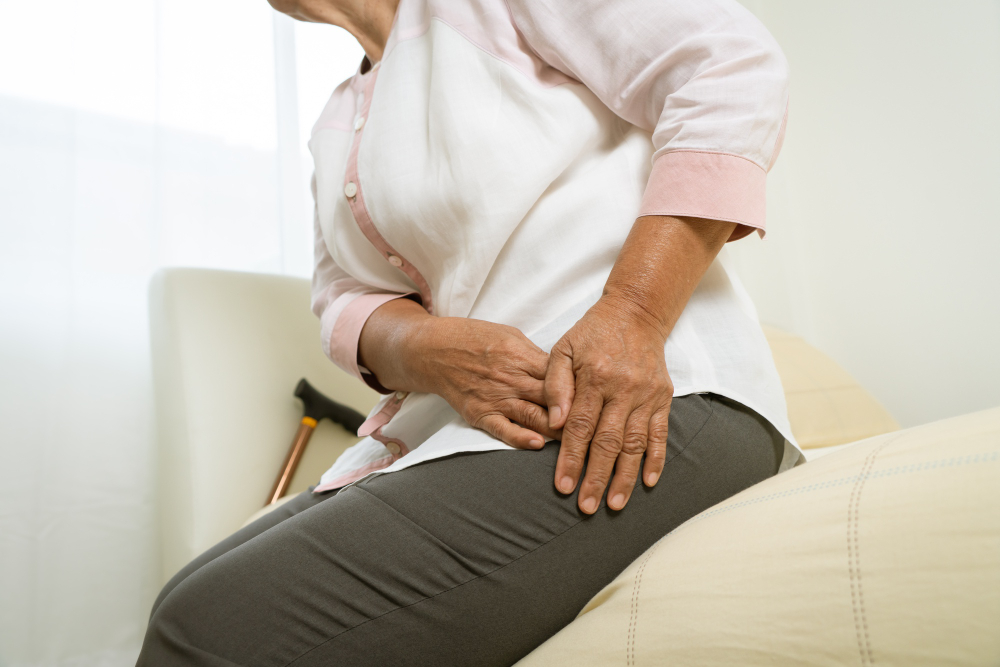
Hip Pain
Here at Alpharetta Family Chiropractic, we specialize in helping others find out what is causing their hip pain and correcting it so that they feel like themselves again, or even better than before! Our hips are such an important part of our body. They ensure that we stand up straight, control the entire bottom half of us, and allow us to walk, run, kick, and play.
In many cases, hip pain is simply caused by osteoarthritis, though it can also be a result of an injury.
We will put together a treatment plan to make sure that this happens. Depending on the severity of your condition, we may treat you by adjusting your hips though we also do exercise therapy, stretching, massage, and other solutions.
In a recent study, 60% of chiropractic patients had their symptoms improve so much that they no longer required surgery. That is our goal. If you do have osteoporosis, you will still benefit from chiropractic care to relieve your hip pain.
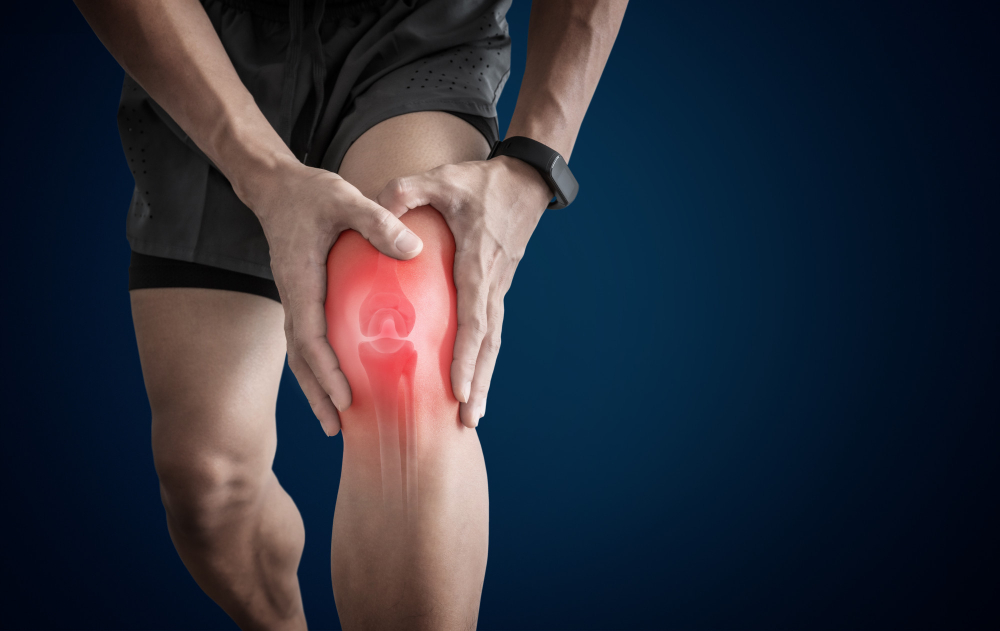
Joint Pain
What is the cause of joint pain?
Acute joint pain is typically the result of an injury or direct trauma while chronic joint pain can be caused by rheumatoid arthritis or osteoarthritis. Chronic joint pain can also develop as a result of an underlying medical condition such as dislocation, infection, osteoporosis, cancer, or fibromyalgia.
When should I seek medical care?
Joint pain can occur in any joint of the body, but most patients who experience joint pain do so in the knees, hips, shoulders, or spine. Persistent and severe pain that prohibits your ability to complete everyday tasks should be evaluated by a doctor as soon as possible. If you notice redness, joint deformity, swelling, or reduced range of motion, please contact our office to schedule an appointment.
If over-the-counter medications prove unable to relieve your pain, we may then proceed with other treatments such as prescription medications, epidural steroid injections, or nerve blocks.
Strengthening the muscles surrounding the joint is important to healing and preventing future flare ups, so we may recommend at-home exercises or physical therapy as well.
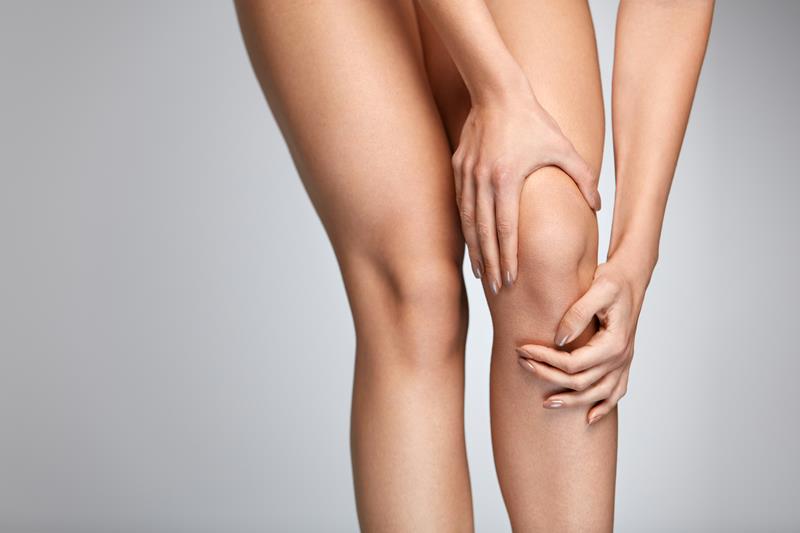
Knee Pain
Knee pain is increasingly becoming a more common problem in society. It is a complaint we see frequently. The most common complaint associated with knee pain is considered the normal “wear and tear.” Another ailment that affects the knee is osteoarthritis. The symptoms and progression of osteoarthritis and knee pain can be reduced through our individualized approach to chiropractic care.
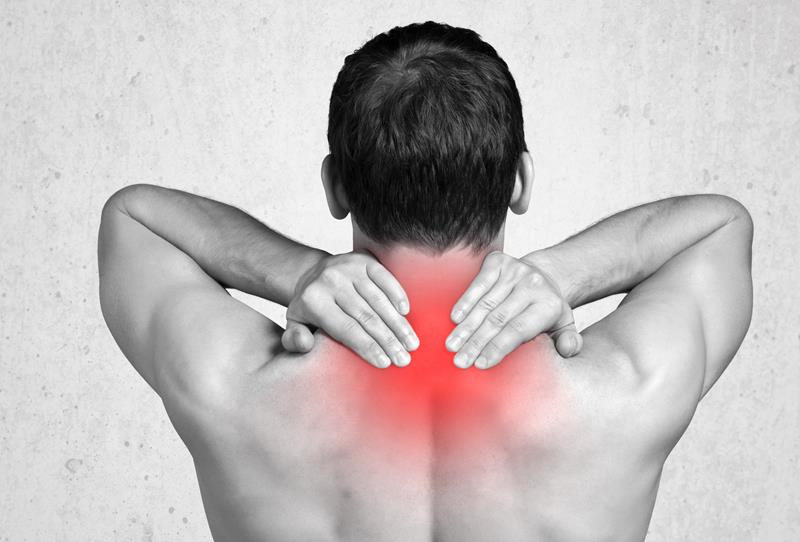
Neck Pain
The neck, also called the cervical spine, begins at the base of the skull and contains seven small vertebrae. The cervical spine supports the full weight of your head which is on average about 12 pounds. While the cervical spine can move your head in nearly every direction, this flexibility makes the neck very susceptible to pain and injury.

Sciatica
Sciatica is characterized by pain in the lower back that radiates down one or both legs. The pain is described as dull, achy, sharp, like “pins and needles” or similar to electric shocks. Other symptoms associated with sciatica include burning, numbness and tingling sensations. Sciatic nerve pain varies in intensity from mild to severe, and frequency may range from occasional to constant. The onset is generally gradual and not necessarily associated with a previous event. Sciatica is also known as radiating or referred pain, neuropathy, or neuralgia.
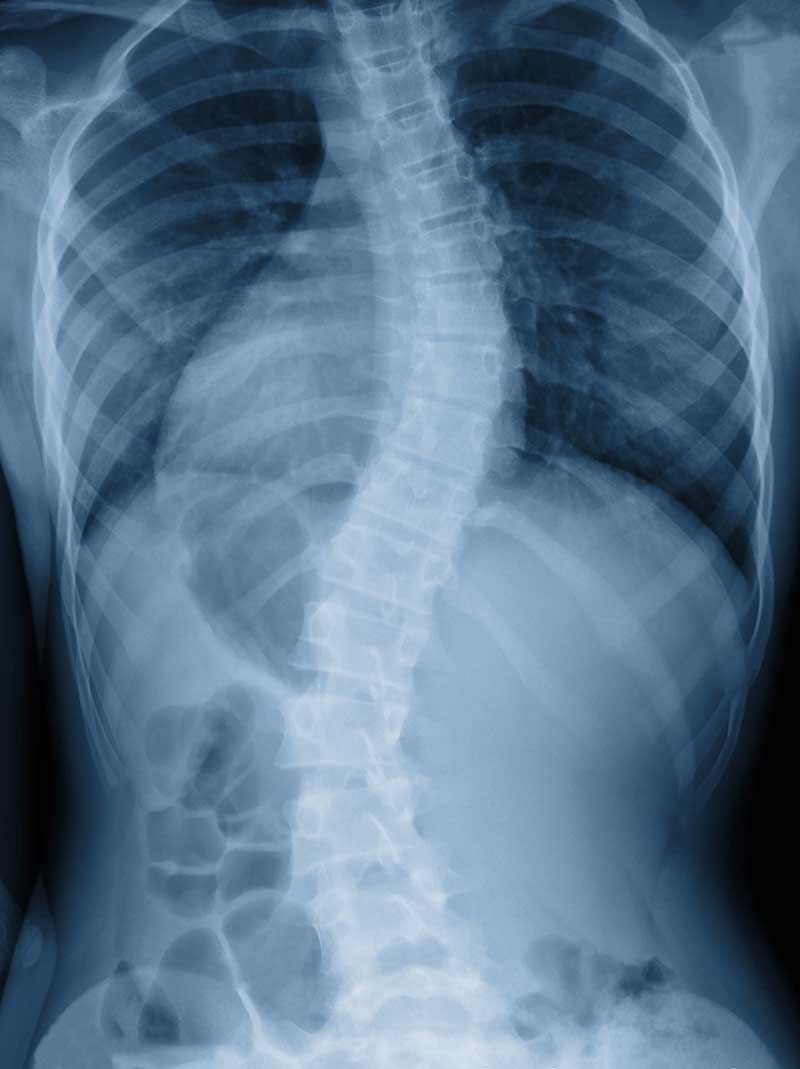
Scoliosis
When detected early, scoliosis can be managed and treated to prevent the problem from getting worse. With scoliosis, the spine has abnormal curvatures to the side or even twists. Most cases of scoliosis appear for unknown reasons as scoliosis tends to develop before puberty in adolescence, in children who previously had no spine issues.
Many cases of scoliosis do not require surgery or extensive treatment, but if the curvature becomes more severe, medical intervention may be needed. Scoliosis appears equally in boys and girls, but typically girls are more likely to develop significant curvature that warrants treatment.
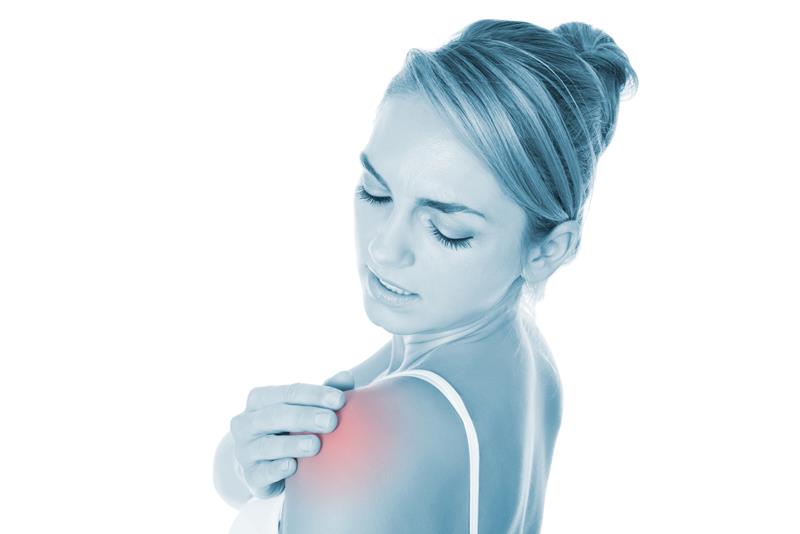
Shoulder Pain
Shoulder pain is a very common condition and affects almost half of the U.S. Most patients feel some sort of pain, limited range of motion, an inability to engage in activities of daily living (ADL) or something more serious as a permanent disability.
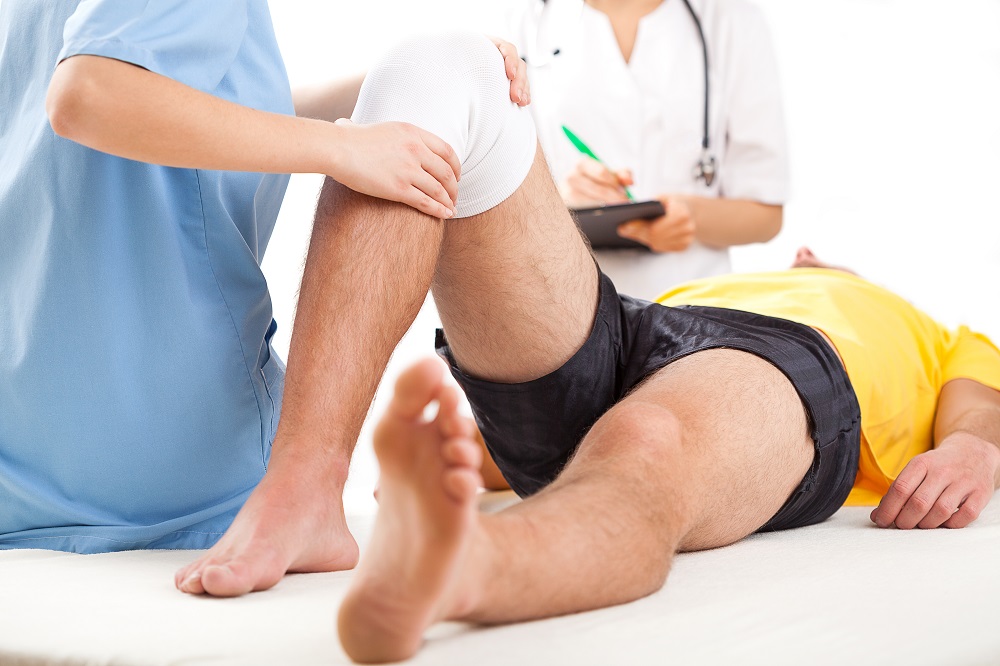
Sports Injury
Sports can be very taxing on your body, no matter what you play. Our trusted staff will work with you to get to the root of your problem and help you feel better again. We help treat and also prevent injuries in the neck, back, shoulders, knees, and ankles. We are able to manually adjust your spine, relieving any pain that you are feeling. This will allow your body to function much better after the injury.
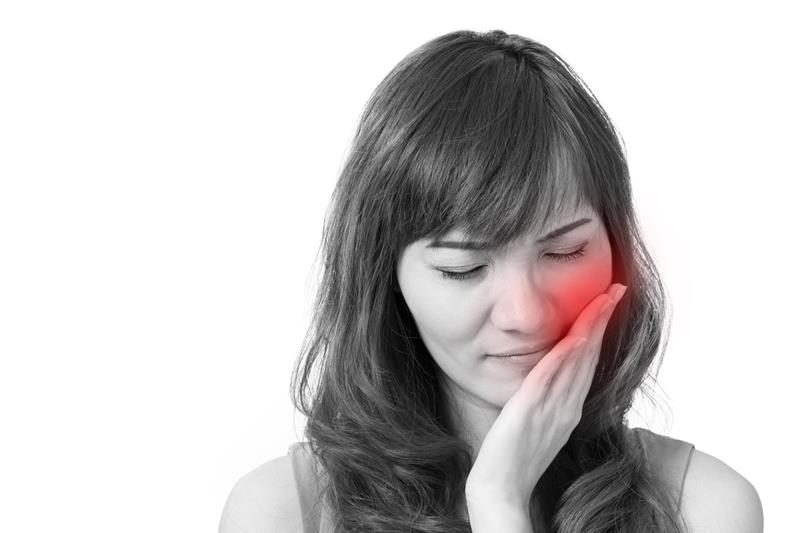
TMJ
TMJ is an abbreviation for the temporomandibular joint which connects the mandibular, or your lower jaw, to the temporal bones of the skull. The TMJ is one of the more unique joints within your body as it allows you to move your jaw forward, backward, and side to side so that you can chew, talk, sing, yawn, and more. This joint can be found just in front of your ears on both sides of your head.
Any problem with the muscles, ligaments, discs, bones, or the joint itself are known as temporomandibular disorders or TMD and refers to the actual disorder, where the jaw joint is misaligned and causing problems such as pain, inflammation, and inability to move or operate the jaw. However, these problems or conditions are often incorrectly called by the joint name of TMJ instead.

Vertigo
Vertigo is the feeling that you are moving when you’re not. This sensation can be triggered by movements such as turning your head too quickly or looking down from a great distance, but it is ultimately caused by problems in the inner ear, brain, or brainstem. There are two different forms of vertigo with each stemming from various medical issues: peripheral vertigo and central vertigo.
Peripheral vertigo results in a problem with your inner ear and thus your balance, while central vertigo occurs when your brain or brainstem are suffering from a disease originating from your central nervous system (CNS). Peripheral vertigo is typically more severe, and central vertigo is more gradual in its onset. Regardless of the type of dizziness you are experiencing, more than likely, your quality of life is suffering because of it.
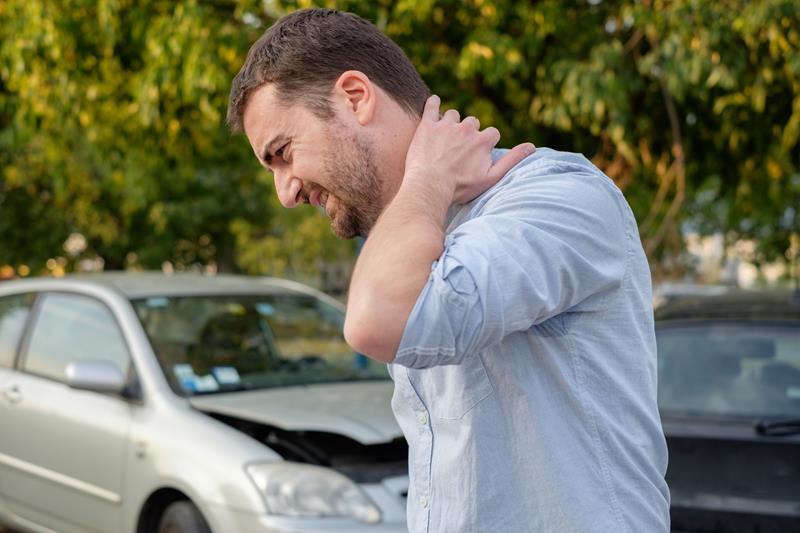
Whiplash
According to the American Chiropractic Association, one of the most common causes of neck pain is whiplash resulting from a car accident. A sudden forced movement of the head or neck in any direction and the resulting “rebound” in the opposite direction is known as whiplash. The sudden “whipping” motion injures the surrounding and supporting tissues of the neck and head. Muscles react by tightening and contracting, creating muscle fatigue, which can result in pain and stiffness. Severe whiplash can also be associated with injury to the intervertebral joints, discs, ligaments, muscles, and nerve roots.
